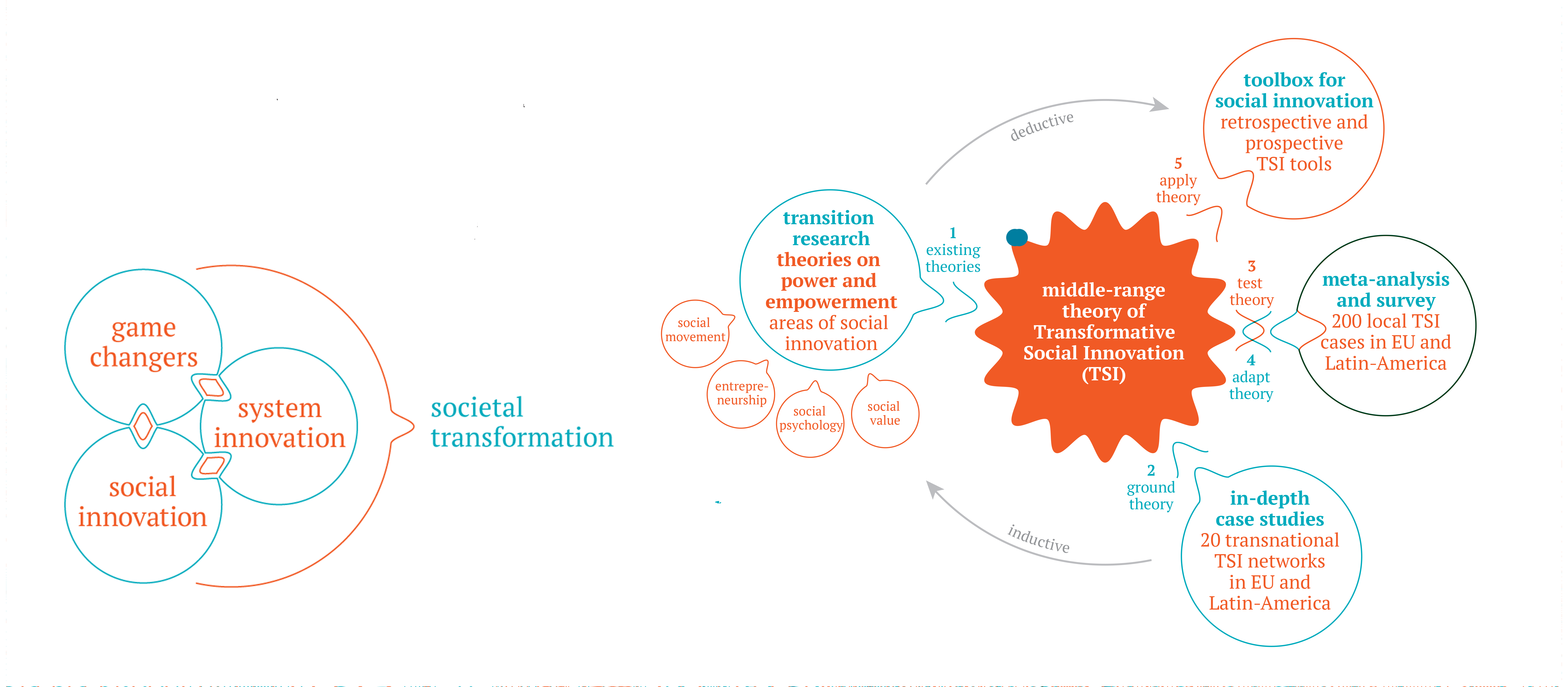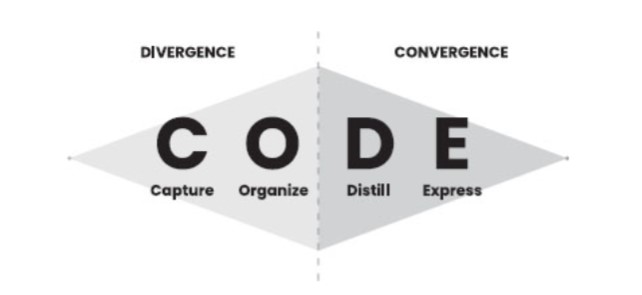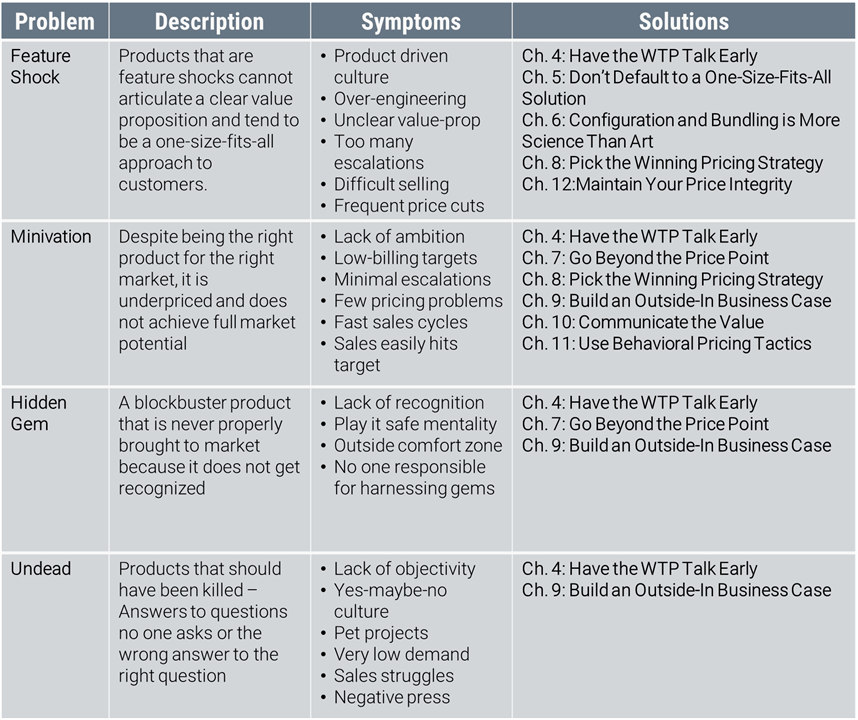Table des Matières : Le Bien-être à l'école
Conférence de Christophe Marsollier, IGESR (caméra face)
Introduction (0:00 - 9:13)
L'effervescence autour de l'innovation dans l'éducation (0:22 - 1:31): Marsollier souligne l'engagement du personnel éducatif envers l'innovation et l'enthousiasme grandissant autour de ce sujet, notamment grâce aux opportunités de financement.
Le bien-être comme sujet d'actualité dans l'éducation (1:32 - 3:16):
Marsollier explique que le bien-être, bien qu'inconsciemment présent dans les pratiques éducatives, est devenu un sujet d'actualité. Il interroge l'utilité de la notion elle-même, s'appuyant sur les travaux de chercheurs comme Mitíc.
Innovation et bien-être, des notions interdépendantes (3:17 - 9:12):
L'innovation, favorisée par un regard nouveau sur les situations, peut améliorer le bien-être. Marsollier insiste sur l'importance du temps accordé à la réflexion et à la relation aux élèves pour innover. Il souligne également les limites de l'innovation, notamment celles imposées par l'institution et par soi-même.
Le bien-être à l'école : état des lieux et enjeux (9:14 - 23:08)
L'école face aux bouleversements sociétaux (9:14 - 12:16):
Marsollier situe l'école dans un monde en mutation accélérée, caractérisé par l'interdépendance et la fragilité. Il souligne l'impact de ces bouleversements sur les valeurs sociétales, plaçant le bien-être au premier plan, notamment pour les jeunes.
Complexité et tensions à l'école (12:17 - 21:45):
L'école est confrontée à une complexité croissante, due à l'accumulation de dispositifs, à l'inflation des outils numériques et aux difficultés sociales et psychologiques des élèves. Marsollier évoque notamment le phénomène émergent du mal-être psychologique chez les jeunes.
Le bien-être des enseignants (21:46 - 23:08):
Marsollier souligne l'importance du bien-être des enseignants face à ces défis. Il insiste sur la nécessité de travailler ensemble, de monter des projets communs et de trouver des solutions collectives pour mieux gérer le stress.
Définition et dimensions du bien-être (23:09 - 37:58):
Définition du bien-être et lien avec la santé (23:09 - 28:28):
Marsollier propose une définition du bien-être comme « la satisfaction harmonieuse des besoins fondamentaux ». Il établit un lien étroit entre bien-être et santé, s'appuyant sur la définition de l'OMS.
Cinq dimensions du bien-être (28:29 - 30:04):
Marsollier identifie cinq dimensions du bien-être : physique, matériel, cognitif, psychologique et émotionnel, et social. Il souligne l'importance des compétences psychosociales pour le renforcement de ces dimensions.
Différents types de bien-être (30:05 - 36:04):
Marsollier distingue le bien-être hédonique, axé sur le plaisir immédiat, et le bien-être eudémonique, lié au sens et à l'accomplissement personnel. Il insiste sur la nécessité de viser un bien-être eudémonique à l'école, sans nier l'importance du plaisir.
Le bien-être à l'école : questions et limites (36:05 - 37:58):
Marsollier soulève des questions éthiques et pédagogiques liées au bien-être à l'école. Il interroge notamment l'acceptabilité de la souffrance à l'école, la place de l'erreur et les limites de l'intervention éducative.
Pratiques pour favoriser le bien-être à l'école (37:59 - 1:09:34):
Changer de regard sur les élèves (37:59 - 59:42): Marsollier invite à un changement de regard sur les élèves, en s'intéressant à leur singularité et en entretenant le lien avec eux. Il met l'accent sur l'importance de la qualité de la relation pédagogique pour le bien-être de tous.
Vulnérabilité des élèves et rôle de l'école (59:43 - 1:02:56): Marsollier attire l'attention sur les différents types de vulnérabilité auxquels sont exposés les élèves, et sur la nécessité d'une école attentive à ces fragilités.
Pratiques éducatives efficaces pour le bien-être (1:02:57 - 1:05:52): Marsollier présente des pratiques éducatives dont l'efficacité pour le bien-être a été démontrée par la recherche, comme donner du sens aux activités, valoriser les efforts et créer des espaces de parole.
Développer une attention à la vulnérabilité (1:05:53 - 1:07:20): Marsollier encourage à développer une attention à la vulnérabilité, en étant attentif aux signes de souffrance et en adaptant ses pratiques aux besoins des élèves.
Le bien-être : un sujet complexe et stimulant (1:07:21 - 1:09:34): Marsollier conclut en rappelant la complexité du sujet, la nécessité de prudence dans le choix des pratiques et l'importance de la vigilance vis-à-vis des intervenants extérieurs.

 <small>Overlapping ideas of C.O.D.E. and divergence/convergence from Tiago Forte's book
<small>Overlapping ideas of C.O.D.E. and divergence/convergence from Tiago Forte's book 
 Quelli mostrati nella tabella sono i 4 tipi di problemi in termini di #pricing che si possono incontrare nella creazione di un prodotto.
Quelli mostrati nella tabella sono i 4 tipi di problemi in termini di #pricing che si possono incontrare nella creazione di un prodotto.